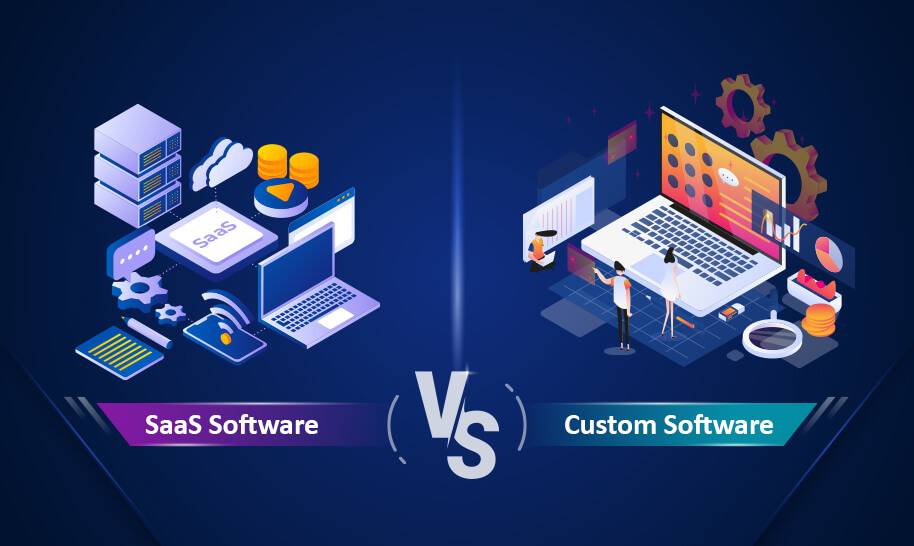Mobile App Development in the Arabic Market: Challenges & Opportunities
 28 Mar
28 MarMobile App Development in the Arabic Market: Challenges & Opportunities
The Arabic market is experiencing rapid growth in mobile app usage, with millions of users relying on smartphones for shopping, banking, entertainment, and education. Businesses looking to expand in the region must understand the unique challenges and opportunities of developing mobile applications for Arabic-speaking users.
High Mobile Penetration in Arabic Countries
The Middle East and North Africa (MENA) region has some of the highest mobile penetration rates in the world. Countries like Saudi Arabia, UAE, and Egypt have over 70% smartphone adoption, making mobile-first strategies essential for businesses.
Key Statistics:
80% of online shoppers in the Middle East prefer using mobile apps over websites.
90% of social media users in the region access platforms via mobile devices.
The Arabic language is the 4th most used language on the internet.
With such a high mobile engagement rate, businesses must focus on optimizing apps for Arabic users.
Challenges in Mobile App Development for the Arabic Market
Despite the growing demand, developing mobile apps for the MENA region presents several challenges:
1️⃣ Localization & Language Barriers
Arabic is a right-to-left (RTL) language, which requires a unique UI/UX design to ensure proper alignment, text formatting, and navigation flow. Many Western-designed apps fail in Arabic localization due to improper translations and font compatibility issues.
2️⃣ Cultural Sensitivity
Arabic-speaking users have specific cultural preferences, especially in design, images, and content. Developers must avoid using symbols or images that may be considered culturally inappropriate in some countries.
3️⃣ Diverse Dialects & Preferences
Arabic has multiple dialects (Gulf Arabic, Egyptian Arabic, Levantine Arabic, etc.), making it challenging to create a single version of an app that resonates with all users. Developers often customize content for different Arabic-speaking regions.
4️⃣ Payment & E-commerce Challenges
Many international payment gateways are not optimized for local currencies or Islamic banking regulations. To succeed, businesses must integrate regional payment solutions like:
✅ Mada (Saudi Arabia)
✅ Fawry (Egypt)
✅ BenefitPay (Bahrain)
Opportunities for Growth in Arabic Mobile App Development
Despite these challenges, the MENA mobile app market presents huge opportunities, particularly in e-commerce, fintech, and online education.
1. E-commerce Apps are Booming
With platforms like Noon, Namshi, and Souq, e-commerce is thriving in the region. Businesses investing in mobile commerce apps can tap into the rising trend of mobile shopping.
2. Fintech & Digital Payments
The demand for secure, Islamic-compliant financial services is growing. Startups are launching fintech solutions, including digital wallets, crypto trading apps, and mobile banking services.
3. Online Learning & EdTech Apps
With an increasing youth population and demand for remote learning, education apps are booming. Platforms like Abjad, Noon Academy, and Nafham are gaining popularity.
4. AI, AR/VR, & Blockchain Integration
The next generation of mobile apps will integrate artificial intelligence (AI) for personalized experiences, augmented reality (AR) for virtual shopping, and blockchain for secure transactions.
Conclusion: The Future of Mobile Apps in the MENA Region
Businesses planning to enter the Arabic mobile app market must focus on localization, cultural adaptation, and emerging technologies. By leveraging AI, fintech, and e-commerce trends, companies can create successful mobile apps tailored to Arabic-speaking users.
Need a custom mobile app for the Arabic market? Step to Media specializes in localization, UI/UX design, and app development. Contact us today!




